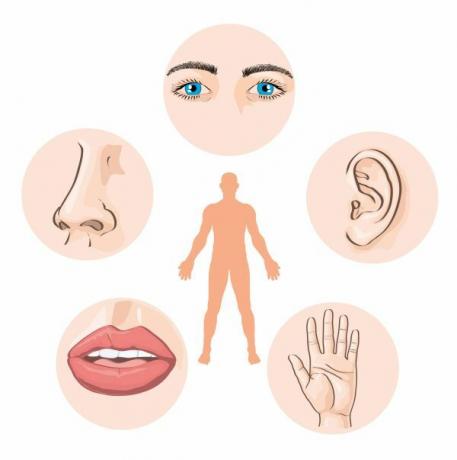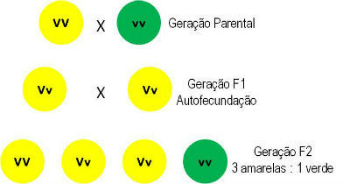Herbivorous animals are organisms that feed on autotrophic beings, that is, those that produce their own food, such as plants, algae and some bacteria.
Herbivores have a very important role in the food chain, as they are the primary consumers. They are responsible for bringing to carnivorous animals the vitamins and energy present in plants.
Also, in the case of some insects, they control some plant populations, interfering with their growth rate.
It is believed that the number of herbivores represents approximately 50% of the world's fauna.
Examples
Some herbivorous animals are: bee, tapir, butterfly, ox, cow, antelope, sheep, rhinoceros, hippopotamus, giraffe, kangaroo, zebra, deer, elephant, gorilla, horse, goat, buffalo, panda bear, camel, rabbit, guinea pig, some bats, among others.

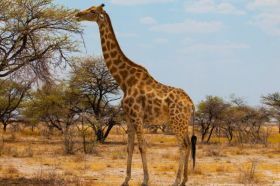


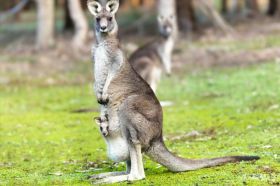
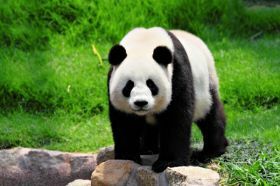
Photos of some of the herbivorous animals found in nature
Also know about Herbivory, the ecological relationship involving herbivorous animals and plants.
Classification
Herbivores are animals that feed on the autotrophic primary producers, the vegetables. Remember, vegetables are at the bottom of the food chain.
What differentiates herbivores is the type of food they consume. See the classification:
- Folivores: animals that feed on leaves. Examples: rabbit, guan, sloth, koala, iguana.
- Frugivores: animals that feed on fruits. Examples: toucan, tanager, araçari, bat, tapir, opossum.
- Granivores: animals that feed on plant seeds and grains. Examples: chicken, macaw, parrot.
- Nectarivores: animals that feed on the nectar of plants. Examples: bees, butterflies, savannah bat.
- Polynivores: animals that feed on flower pollen. Examples: spider, rodents, bats, marsupials and some birds.
Herbivores play a very important role in balancing the ecosystem, as they participate in the pollination of plants, such as nectarivores and polynivores.
They also act in the dispersal of seeds, through frugivorous and granivorous animals.
Thus, in addition to controlling plant biomass, herbivores ensure the distribution and abundance of plants in ecological communities.
At the same time, herbivores serve as food for other consumers of the food chain, allowing the flow of nutrients and energy.
Also know the Autotrophs and Heterotrophs.
Features
- blunt canine teeth
- Flat molar teeth
- slightly elongated jaw
- Perspiration through pores
- Devoid of claws
- Saliva and alkaline urine
- Large amount of ptyalin (enzyme present in saliva)
- Stomach divided into 03 or 04 compartments
Classification based on diet
Animals have different types of classifications, one of which is based on the type of diet they have.
In this way, animals are classified into:
- Herbivores: These are those that feed on plant sources.
- omnivores: They are those who feed on plant and animal sources. These animals have a very varied diet. Examples: bear, bat, maned wolf, tortoise, pig, coati, fox, opossum, chimpanzee, crow, seagull, rhea, ostrich and mouse.
- Carnivores: Are those that feed predominantly on the meat of other animals. Examples: dog, cat, wolf, fox, seal, walrus, lion, hyena, falcon, hawk, owl, shark, whale, dolphin, tiger, cheetah, leopard, jaguar, alligator, octopus, penguin, pelican, stork, heron, boa constrictor, anaconda, sea turtle, toad and Scorpion.
Also read about:
- capybara
- Animal Kingdom
- Food chain exercises

